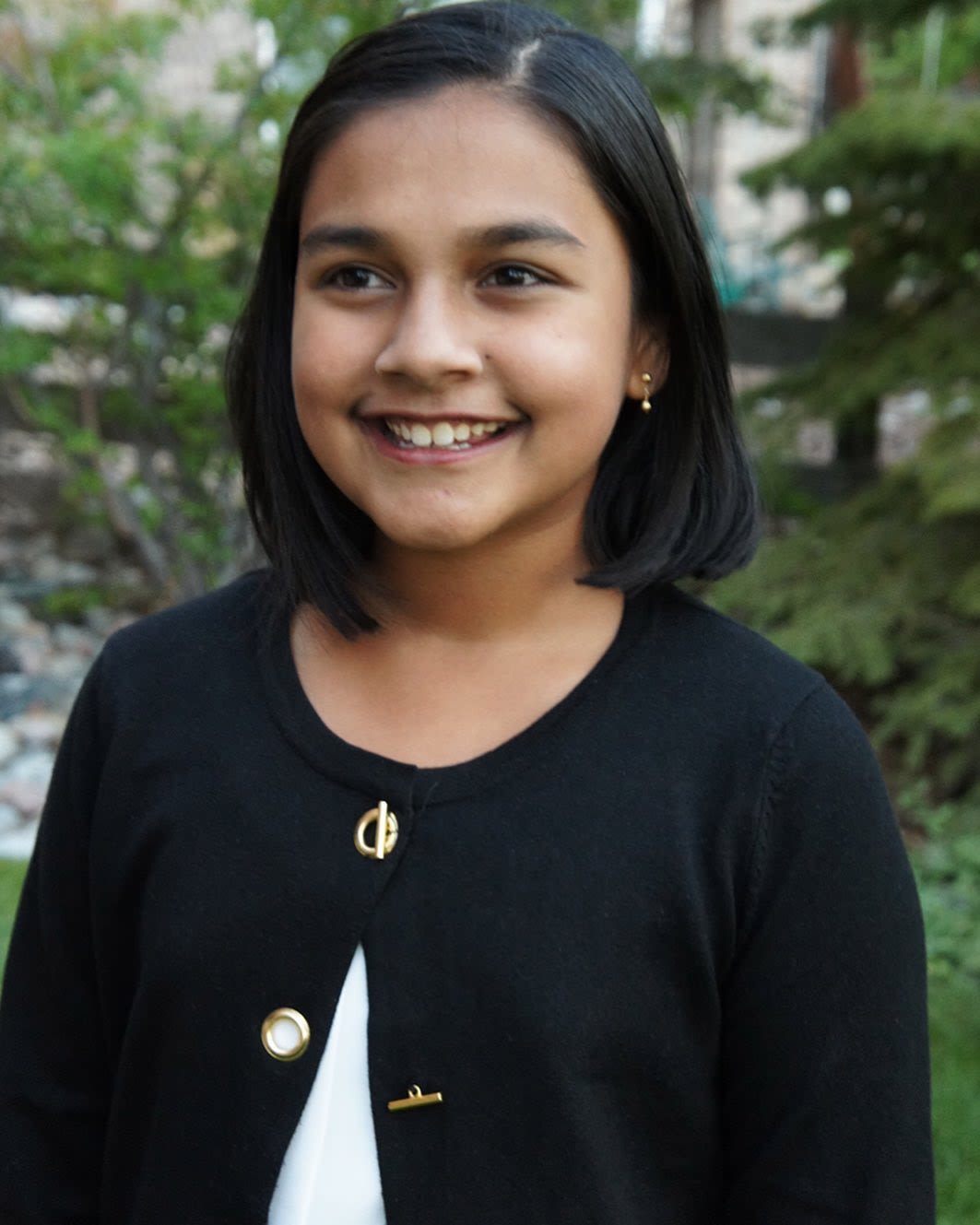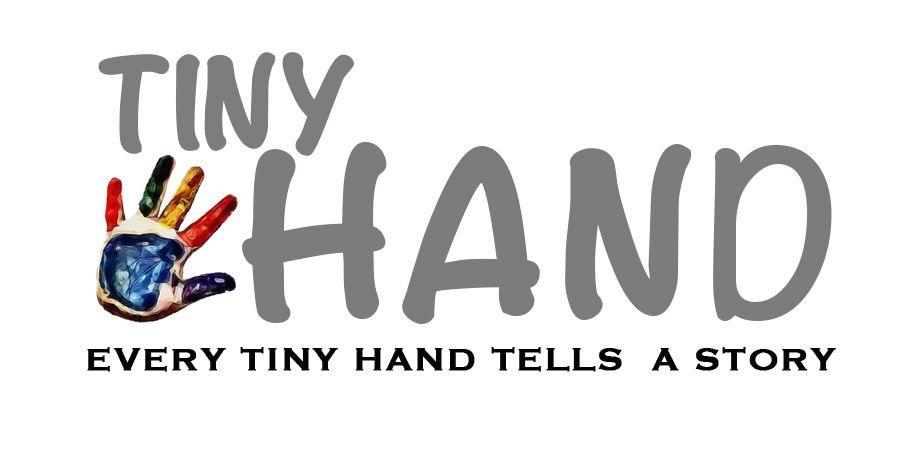Who is Gitanjali Rao?
For First Time Ever, Time Chooses a Girl as “Person of the Year” for 2020
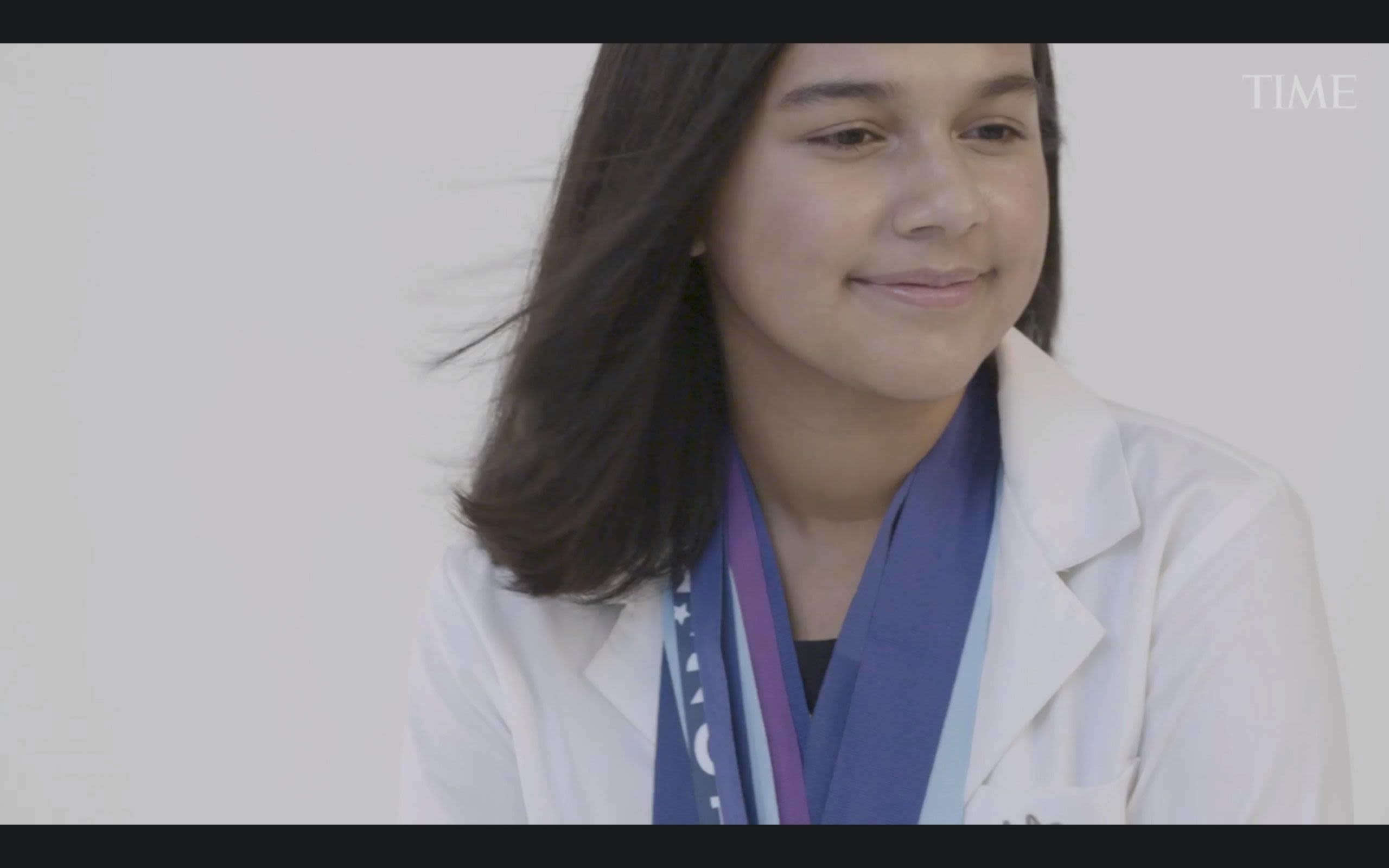
“Small steps might result in great change as these children on a daily basis make constant changes in their societies in a fun, effective and easily accessible way,” this statement delivered by Time editor of children stories, Andrea Del Batco highlights the importance of the achievement that caused a 15-year-old girl to appear on the cover of the Time magazine for 2020.
Her name is Gitanjali Rao and she is the first girl ever to be selected as the “Kid of the Year” after she showed superiority to other 5,000 nominees for this title.
Accompany us in a journey in the life of this scientist girl in order to examine the tiny details that got her to that position.
She was not only distinguished in science, but also in playing instruments, dancing and cooking!
First Stage: At the Age of 3
Playing the Piano and Helping Others
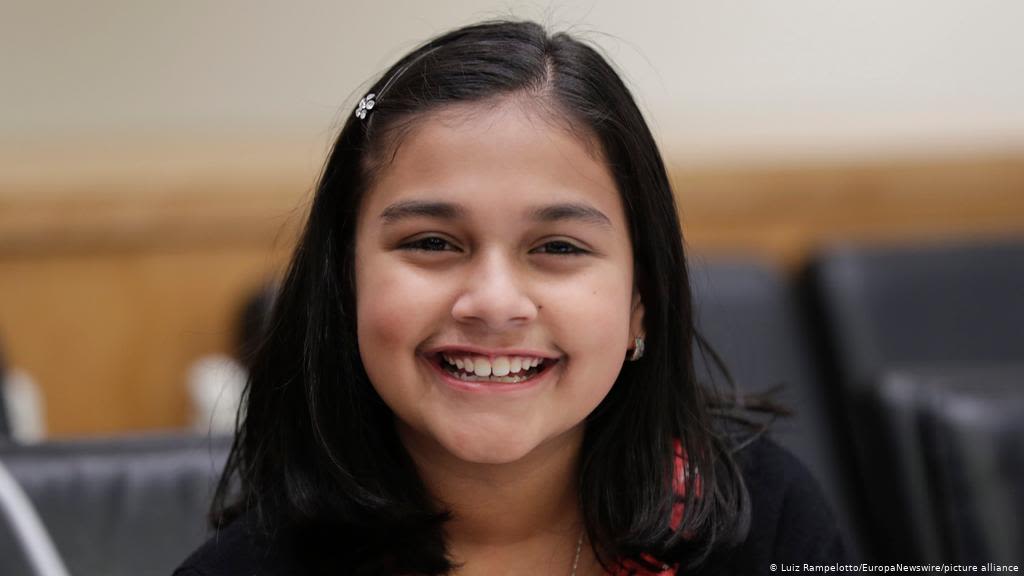
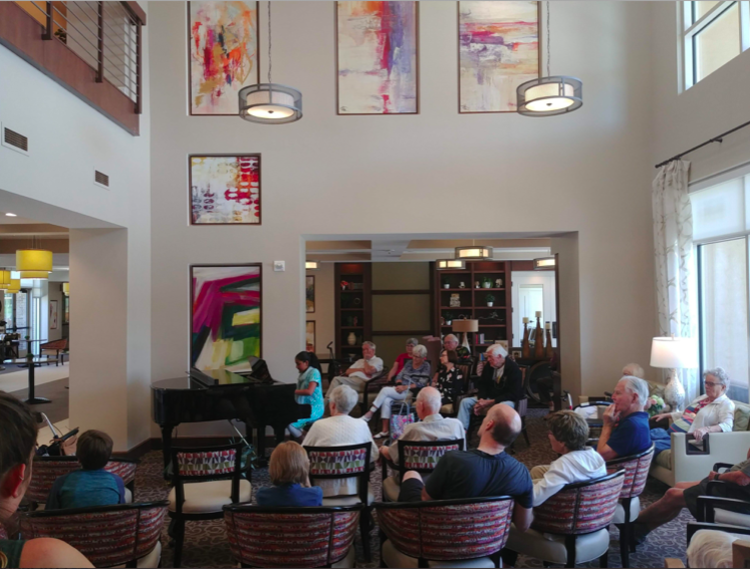
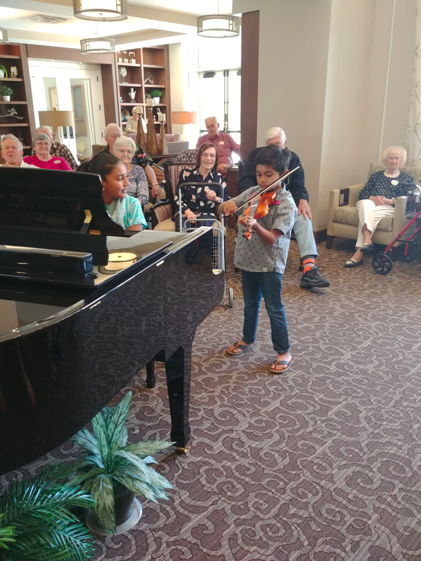
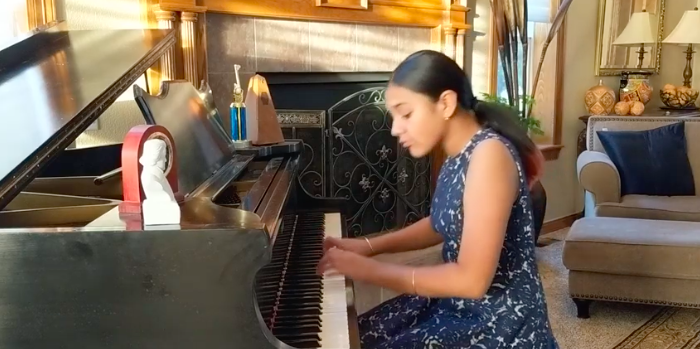
Rao was only three years old when she asked her mother a question that got her to enter the world of music, and particularly playing the piano.
Her mother said:
“Back then, she asked about how we could help the sick and needy, maybe through playing music?!”
This is actually what happened next.
The little girl started learning to play piano and as days passed, her skill and talent in playing the piano developed, so she began visiting senior citizens’ homes in the American state of Colorado to play for them.
The beautiful part of what Rao does is that her little brother has joined her as he plays violin.
Both of them go to various senior citizens’ homes in the state to which their parents, who are of Indian origin, emigrated.
There, Rao and her brother play the finest music to entertain the elderly.
Rao’s parents’ rich academic background inspired her to seek the answer of all the questions she had in her mind; thereby tremendously supporting her curiosity and intelligence.
Rao’s curiosity enabled her to come up with several innovations including a device that can recognize lead in drinking water and an application that can detect electronic bullying.
Consequently, this paved the way for her to claim the title of scientist although she was still too young.
Second Stage: At the Age of 11
The Poisoning of 50 children Led to a Great Innovation
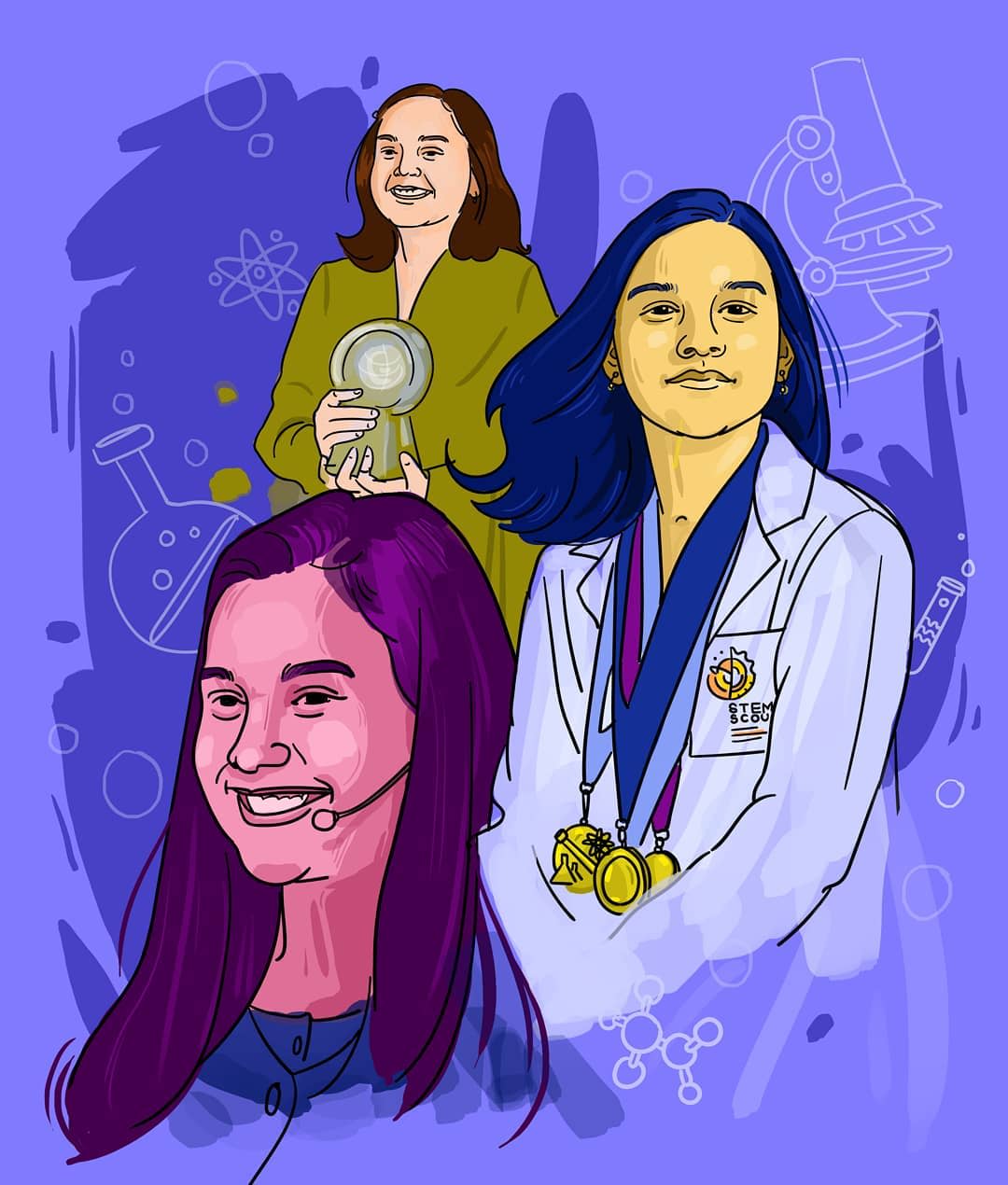
In 2014, 50 children in the city of Flint, in Michigan, were poisoned by lead which contaminated drinking water.
Some of the children reported that they experienced skin rash and hair loss.
Accordingly, some families instituted judicial proceedings concerning the water crisis because fear arose that water contaminated with lead and heavy metals might cause damage to the brain, nerves, learning skills, reproductive health, and kidney, especially among children.
Such an incident motivated Rao to invent a cheap device that helps conducting a quick analysis for detecting lead contamination in water.
Rao called this device, which is composed of tiny tubes of carbon, “Tethys” which is the name of fresh water deity according to the Greek mythology.
This device is connected to an application that can be downloaded on mobile phones for instant showing of the percentage of lead in water.
Thanks to this invention, Rao won a prize at the age of 11, which was the first prize in an American competition for junior scientists in 2017. She won the title of “top junior scientist in America”.
Back then, this girl expressed her hope that this method of detecting water contamination is of high quality and inexpensive, so that people in the third world countries could be able to detect water contamination and purify it.
Rao said
“My objective is not only to innovate special devices to solve the world problems, but also to inspire others to do so as well.”
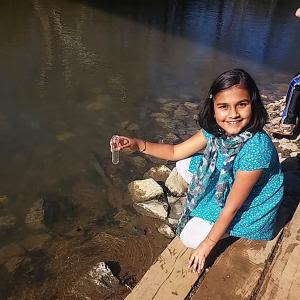
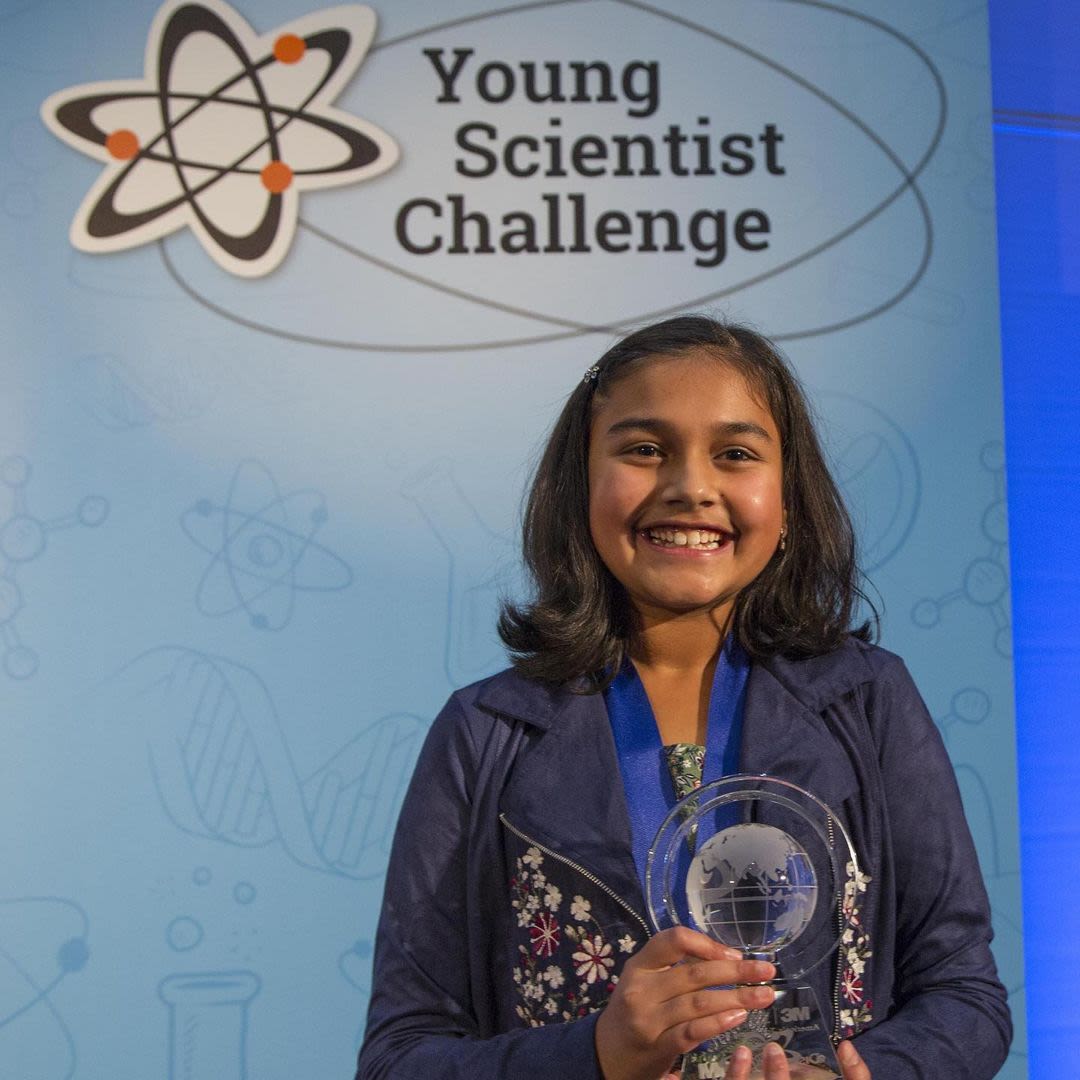
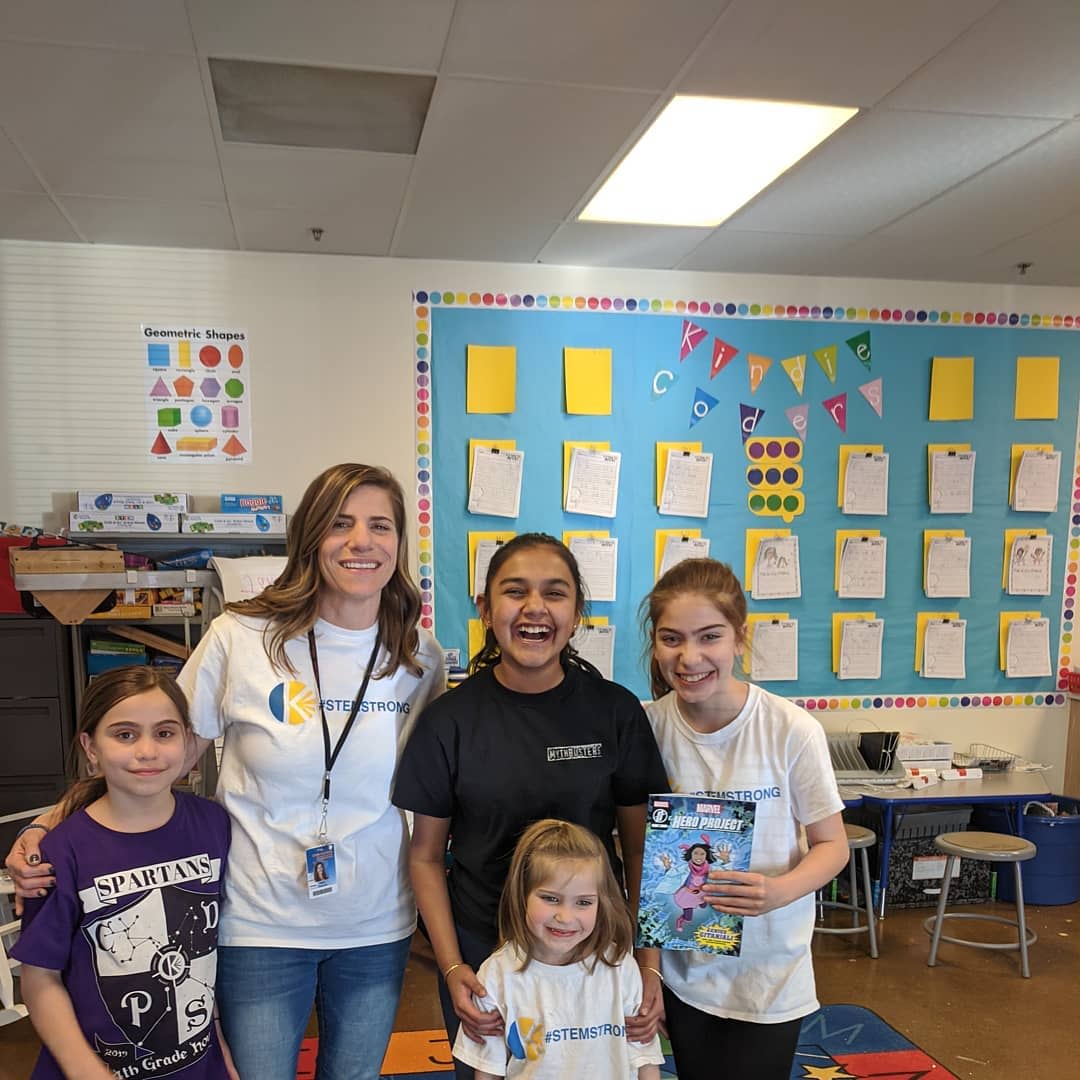
Cyberbullying: “Kindly” Service
Nature-related innovations were not only what caused fear to Rao, but there was another factor resulted from her changing to 7 schools over 11 years.
That was due to fear from bullying, and particularly cyberbullying.
This obsession may be a justified act in a country in which a student out of five is exposed to cyberbullying.
This led Rao to think of inventing a service called Kindly to address the problem of cyberbullying.
This service is able to reveal bullying across the Internet based on Artificial Intelligence Technology. This happens through coding some vocabulary regarded as a kind of bullying, then these coded words are identified by this service which offers users alternatives to change these detected words. Besides, this service assists in raising awareness of combating bullying.
According to the introductory video Rao published on Kindly website, she said,
“The purpose of this service is not to punish, but to remind of the significance of avoiding the words classified as bullying based on AI algorithms.”
“Everything I see on TV is that it’s an older, usually white man as a scientist.” Rao said
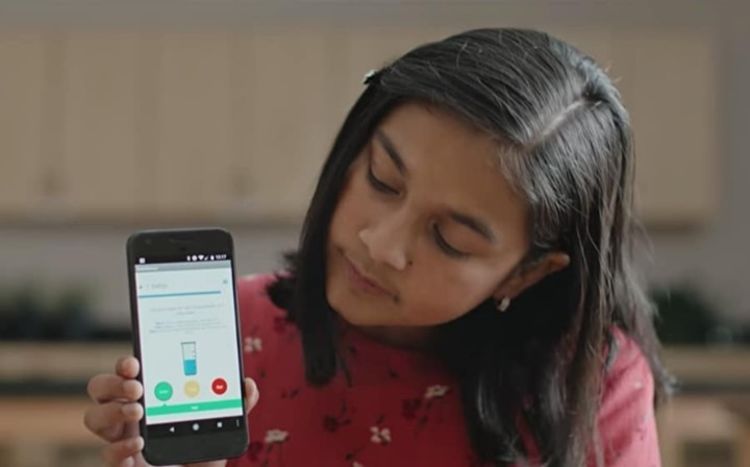
Third Stage: Kid of the Year
How was a girl chosen for this title?
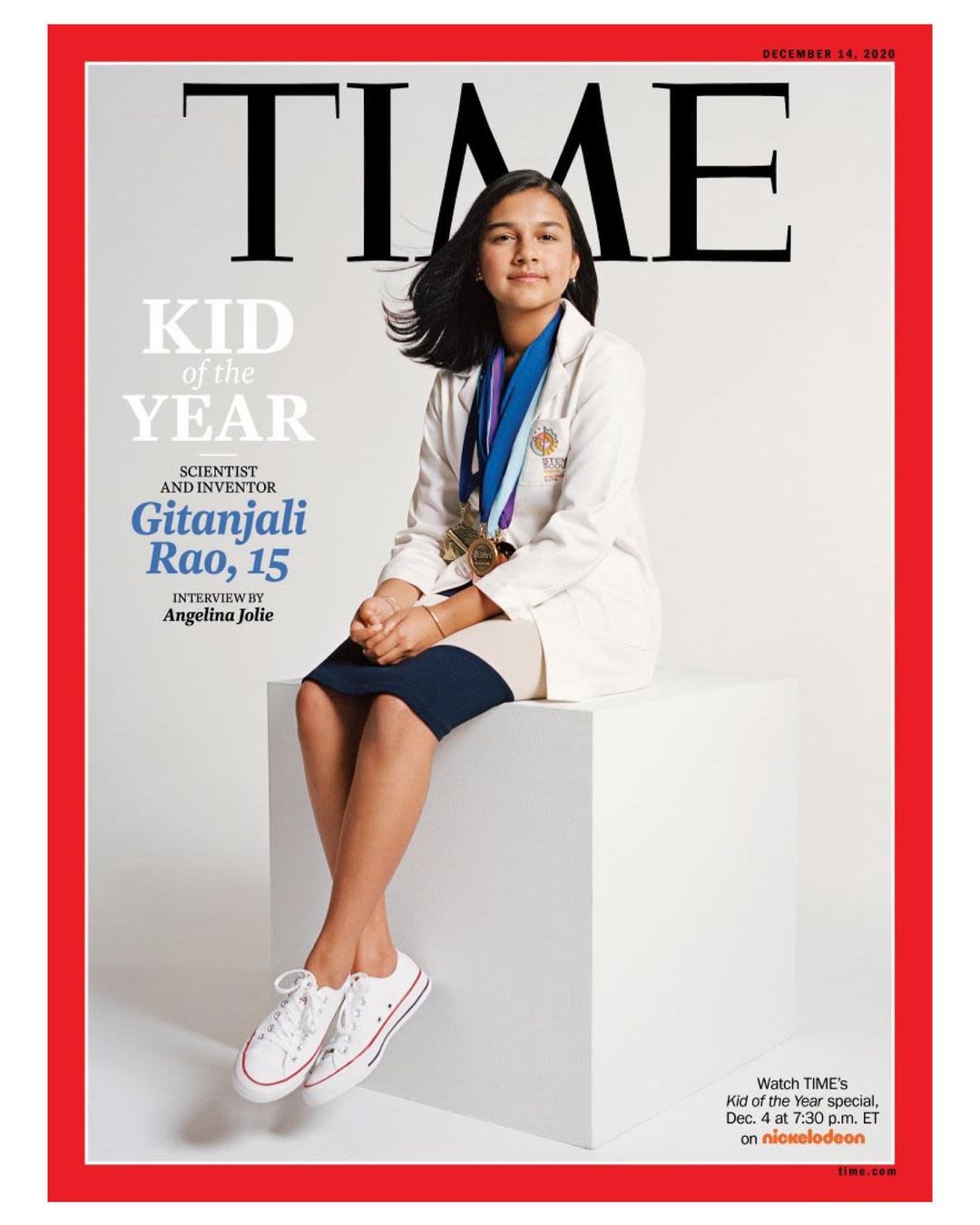
For 92 years, Time has been used to select the person of the year; however, this year, the magazine, in collaboration with kids’ channel Nickelodeon, decided to grant this title to the girl Rao.
This represents a standard for new leaders of the youngest generation in America as the selection is achieved after taking into consideration the major and minor procedures through searching in social media platforms and educational areas.
The exceptional leadership of the scientist Rao was what made her the best child in the world. According to the Time Journal, Rao does not only search in the scientific equipment such as Artificial Intelligence and the innovation of sensing carbon nanotubes, but also works on applying them on the problems she encounters in her daily life.
Besides, she also explains to the other children how to make the best out of their curiosity and informs them about her ambition of creating a team of innovators.
the Scientist Girl and Angelina Jolie
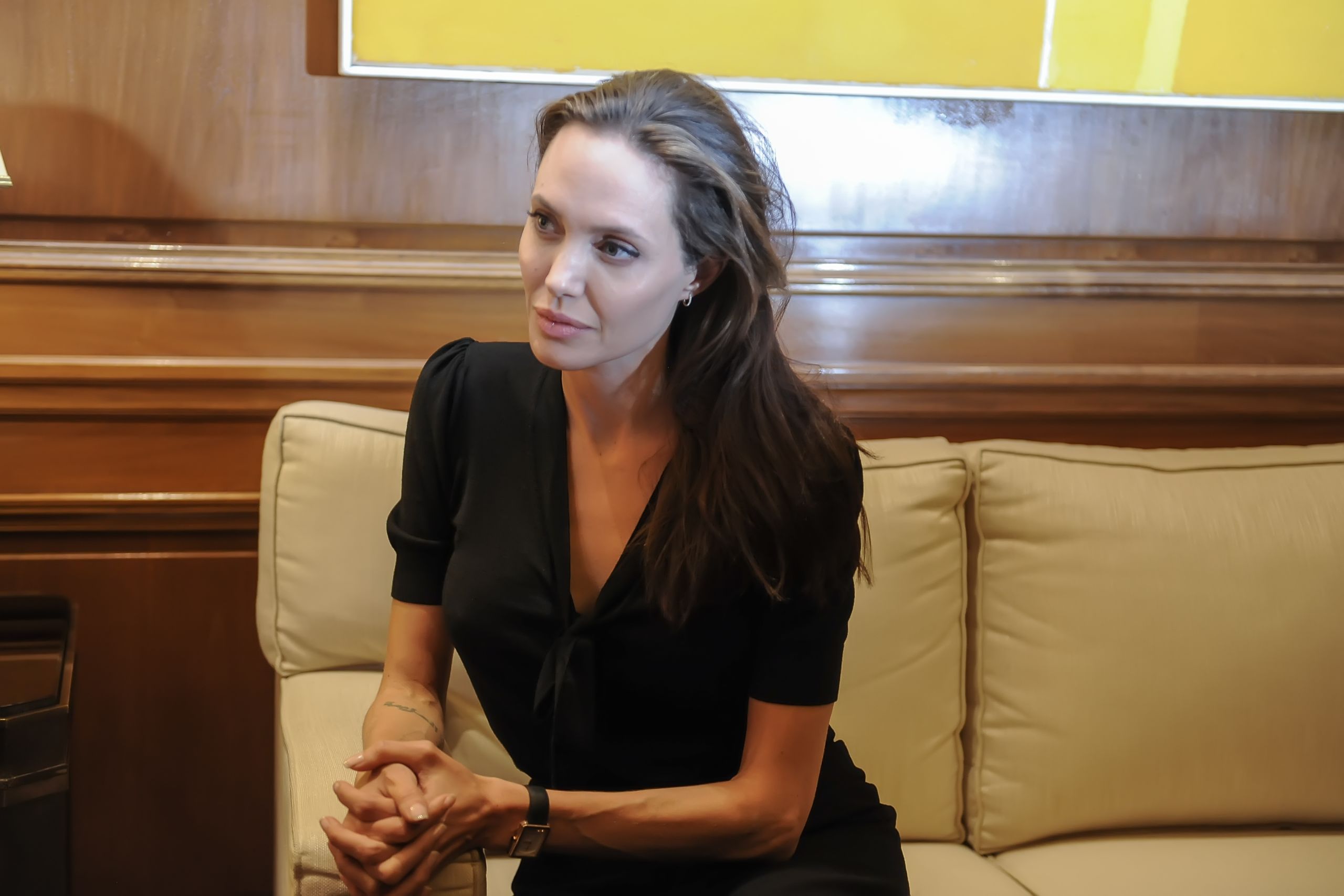
The time published on its pages an interview between the scientist girl and the actress Angelina Jolie, a contributing editor in Time Journal and a special envoy of the United Nations High Commissioner for Refugees.
Angelina Jolie asked Rao about the specific moment she discovered her passion for science.
Rao replied, “I don’t feel that there was a specific moment as I had always been interested in making everybody happy.
Soon, that changed into how I could spread optimism in the society and place I live in. When I was a second or third-grade student, I started thinking of the manner of using science and technology to make a social change.
Then, when I was a tenth-grade student, I told my parents that I wanted to search for the technology of sensing carbon nanotubes in the Water Quality Research Laboratory in Denver.”
Rao told Time, “We sit here, while the world is facing a novel pandemic; and still, we are facing problems related to human rights and there are other troubles we were not responsible for before. But now, we have to move and solve them, some of which are climate change and cyberbullying across the Internet with the technological advancement nowadays.”
